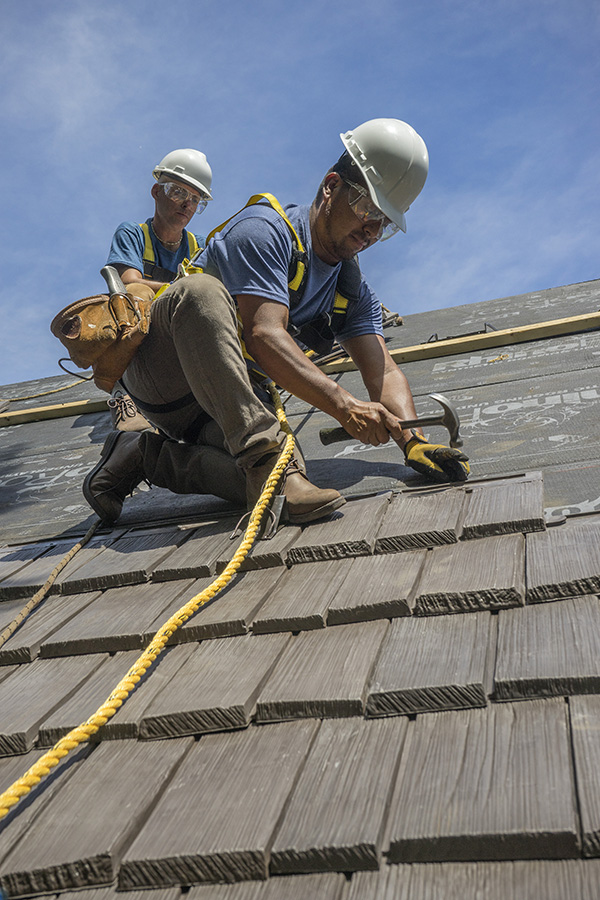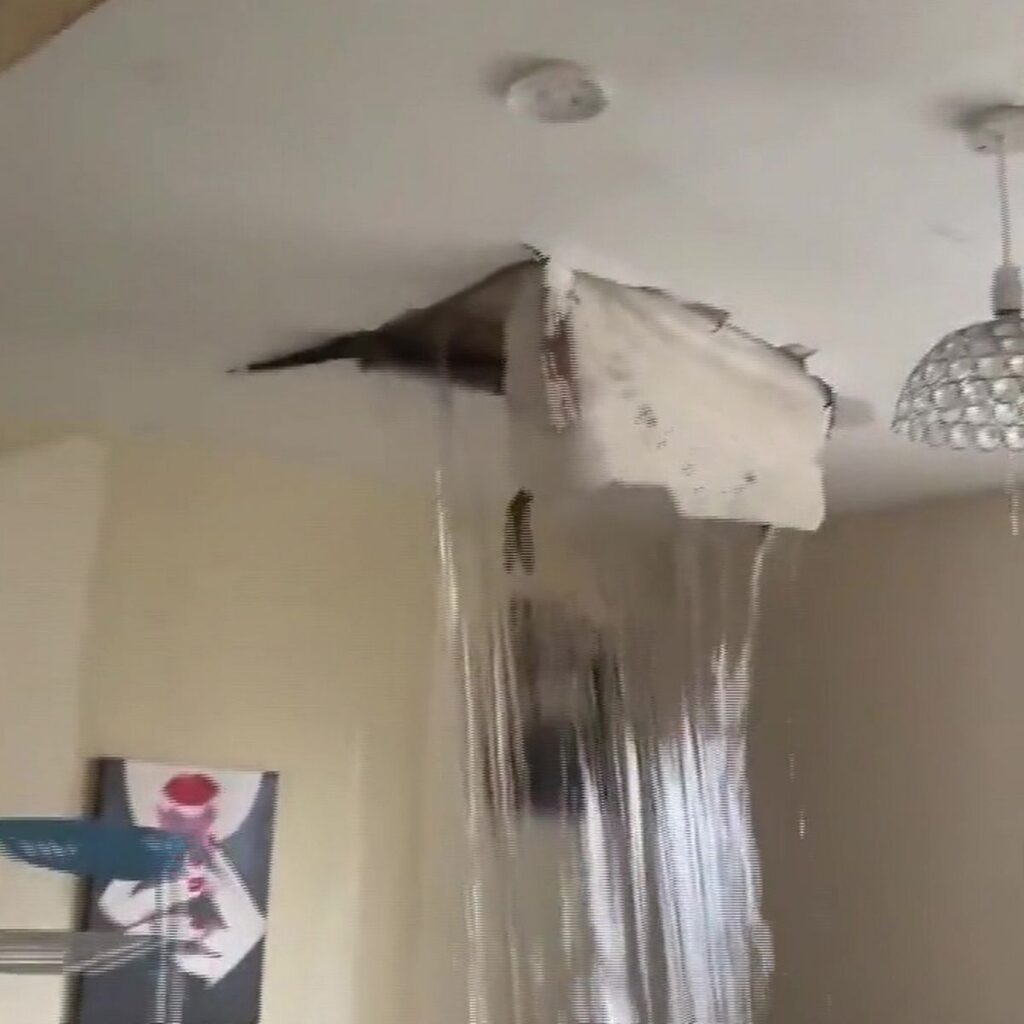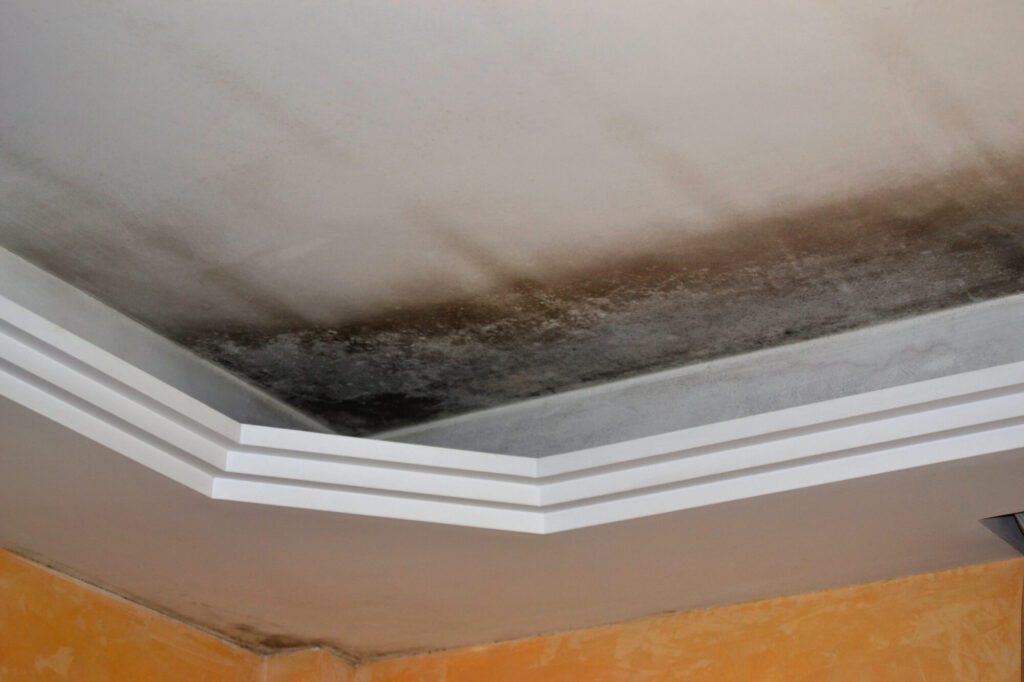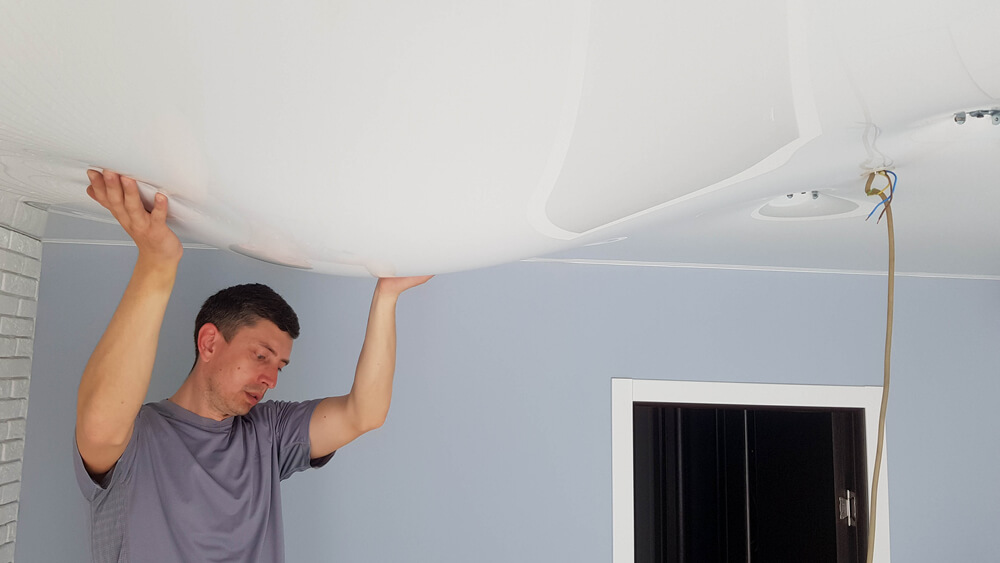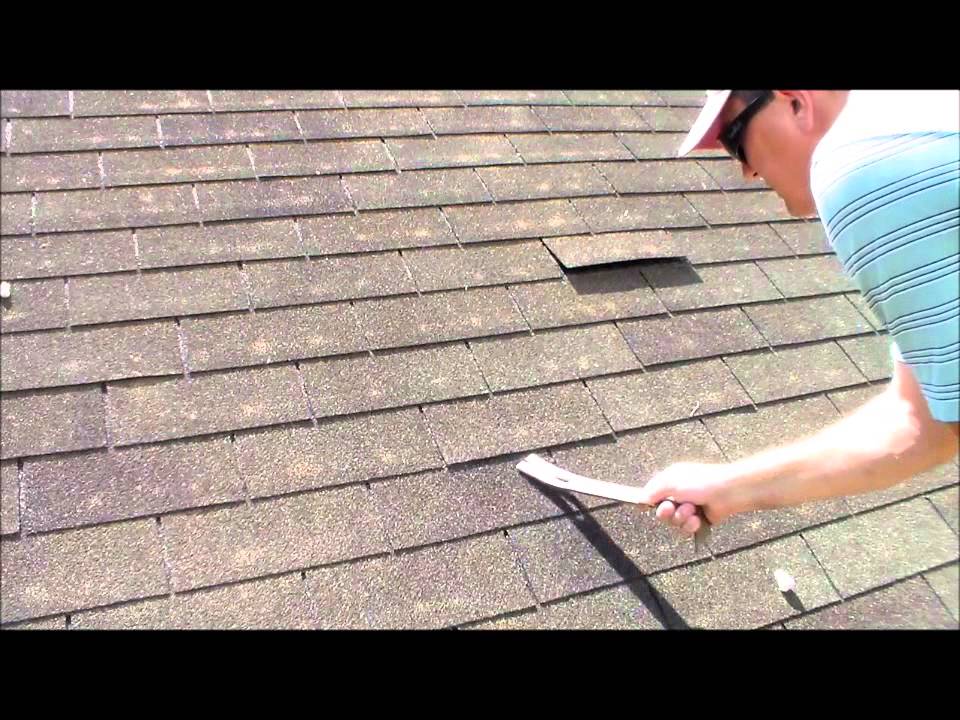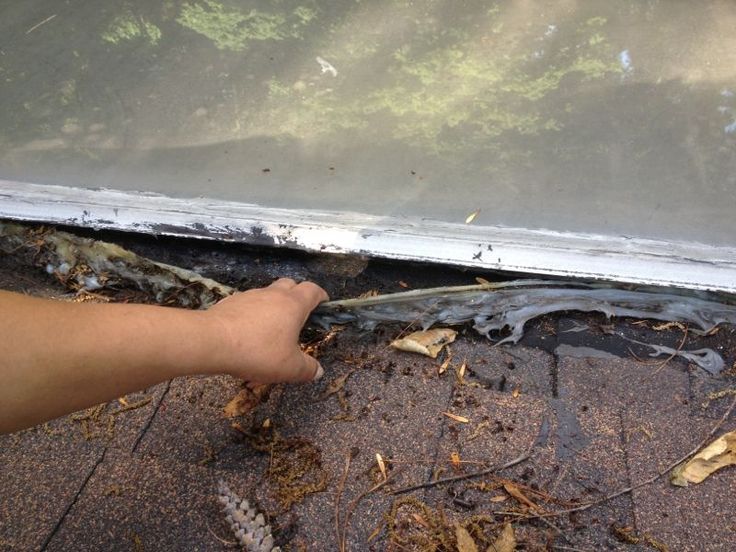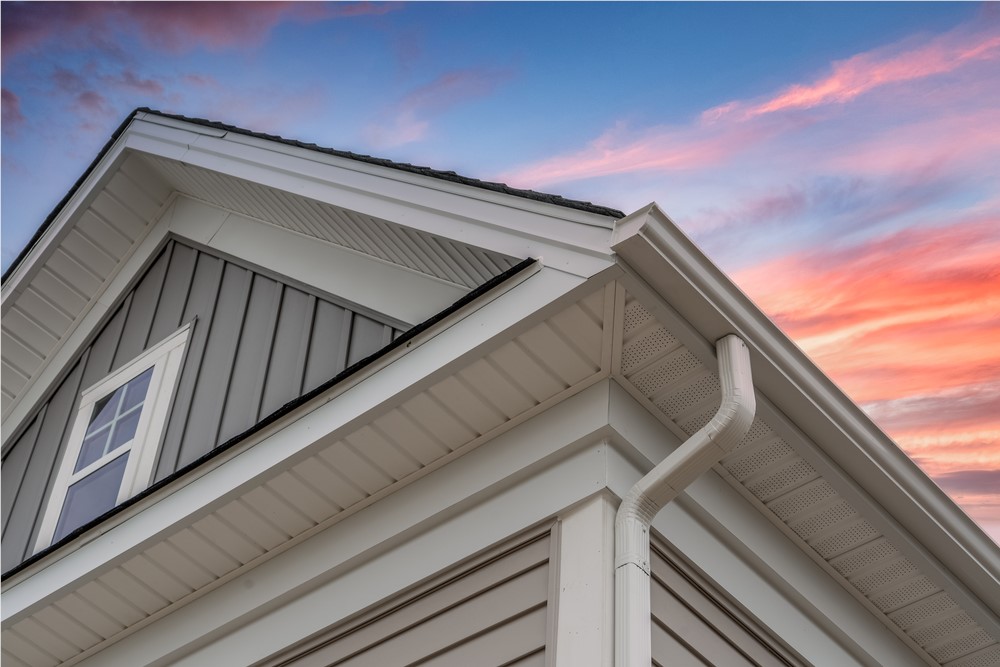Have you ever wondered if it’s safe to walk on a wet roof? This question may have crossed your mind when you found yourself faced with a leaky roof during a rainstorm. In this article, we will explore the potential risks and dangers associated with walking on a wet roof and provide you with some useful tips to ensure your safety. So, before you take a step onto that slick surface, let’s dive into the facts and find out if it’s worth the risk.
1. The Dangers of Walking on a Wet Roof
When it comes to walking on a wet roof, there are numerous dangers that you should be aware of. It is essential to understand these risks in order to prioritize your safety and avoid potential accidents. Let’s delve into some of the main dangers associated with walking on a wet roof.
1.1 Potential Slipping Hazards
Walking on a wet roof significantly increases the risk of slipping and falling. The surface of a wet roof can become extremely slippery, making it difficult to maintain a firm grip. This is especially true if the roof is covered in moss, algae, or debris, which further enhances the slipperiness. A simple misstep or loss of balance can result in a serious fall that may lead to severe injuries.
1.2 Increased Risk of Accidents
Not only does walking on a wet roof pose a slipping hazard, but it also increases the overall risk of accidents. Wet roofs can be unstable and unstable footing can lead to accidents such as tripping or falling through weakened sections of the roof. These accidents can result in broken bones, sprains, or even more severe injuries. It is important to exercise caution and take necessary precautions when considering walking on a wet roof.
1.3 Structural Damage
Walking on a wet roof can also have detrimental effects on the integrity of the structure itself. The added weight and pressure of a person walking on a wet surface can cause the roof materials to weaken or deteriorate. This can lead to cracks, leaks, or even collapse in extreme cases. The potential for such structural damage highlights the importance of avoiding unnecessary foot traffic on wet roofs.
1.4 Electrical Hazards
Another danger that arises when walking on a wet roof is the risk of electric shock. If your roof has any electrical components, such as solar panels or wiring, the presence of water can create a hazardous situation. Water is a conductor of electricity, and if you accidentally come into contact with a live wire while walking on a wet roof, you can be at risk of electric shock. To protect yourself and prevent such accidents, it is crucial to avoid walking on a wet roof whenever possible.
2. Assessing the Roof Condition
Before considering whether or not to walk on a wet roof, it is important to assess the condition of the roof itself. This evaluation will help you determine if walking on the roof is even necessary, and if so, the precautions you should take. Let’s explore some key factors to consider when assessing the roof condition.
2.1 Determining the Roof Material
The type of material used for your roof plays a significant role in its overall durability and stability. Different roof materials have varying levels of resistance to moisture and can react differently when wet. For example, asphalt shingles may become more slippery when wet, while metal roofs may have better traction. Understanding the characteristics of your roof material will help you better gauge the risks associated with walking on it when wet.
2.2 Evaluating the Roof Pitch
The pitch or slope of your roof is another important factor to consider. Steeper roofs generally have a higher risk of accidents, especially when wet. On a steep roof, the incline can make it harder to maintain balance, increasing the likelihood of slipping and falling. It is crucial to be aware of the pitch of your roof and factor it into your decision-making process regarding walking on a wet surface.
2.3 Inspecting for Visible Damage
Before walking on a wet roof, inspect the surface for any visible signs of damage. Cracked or missing shingles, sagging areas, or signs of water leakage are indications of potential weak spots in the roof structure. Walking on a roof with existing damage can exacerbate the problem and potentially cause further harm. It is advisable to address any visible damage before attempting to traverse a wet roof.
2.4 Identifying Weak Spots
Apart from visible damage, it is important to identify weak spots on the roof that may not be immediately obvious. These weak spots can be areas where the roof materials have weakened over time, such as around skylights, chimneys, or vents. These areas may be more susceptible to water penetration and could be at a higher risk of collapse when walked upon. Identifying these weak spots will help you determine safe areas for foot traffic.
2.5 Checking for Moss or Algae Growth
Moss and algae growth on a roof not only make the surface more slippery but also indicate excessive moisture retention. This can be a sign of potential roof damage or an ineffective drainage system. Walking on a roof covered with moss or algae can further damage the roofing material and increase the risk of accidents. Assessing the presence of such growth is crucial when considering walking on a wet roof.
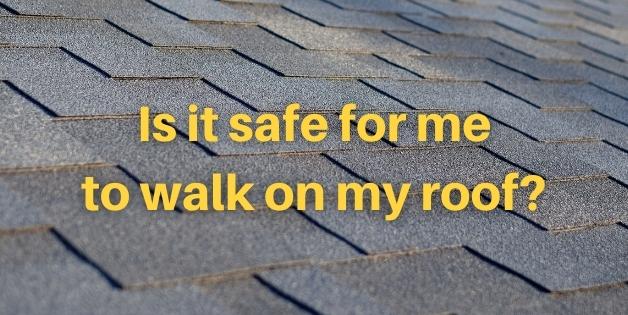

3. Factors to Consider Before Walking on a Wet Roof
Now that you have evaluated the condition of your roof, it is important to consider several factors before making a decision about walking on it when wet. These factors will help you make an informed choice and prioritize your safety above all else.
3.1 Weather Conditions
The weather conditions at the time you plan to walk on the roof are essential to consider. Wet roofs can be even more dangerous during inclement weather, such as rain, snow, or high winds. The added water, snow, or ice can further increase the risk of slipping or falling. It is crucial to choose a day with dry weather conditions to minimize the dangers associated with walking on a wet roof.
3.2 Roof Age and Condition
The age and overall condition of your roof are significant factors that should influence your decision about walking on it when wet. An older roof may be more susceptible to damage or have weakened areas that can pose a greater risk. If your roof is in poor condition, it is advisable to avoid walking on it altogether, especially when wet. Seeking professional advice or assistance may be a better solution in such cases.
3.3 Personal Skills and Experience
Consider your personal skills and experience when it comes to working at heights and walking on roofs. If you have no prior experience or lack the necessary skills, it is best to avoid attempting to walk on a wet roof. Walking on a roof requires agility, balance, and confidence, especially in wet and potentially hazardous conditions. Understanding your own capabilities can help you make an informed decision and prevent accidents.
3.4 Safety Gear and Equipment
Before deciding to walk on a wet roof, ensure that you have the appropriate safety gear and equipment. Slip-resistant shoes are essential to maintain traction on a slippery surface. Additionally, a safety harness can provide an extra layer of protection by preventing falls or minimizing the impact in case of an accident. Having the necessary safety gear and equipment is crucial in reducing the risks associated with walking on a wet roof.
4. Alternatives to Walking on a Wet Roof
In situations where walking on a wet roof is not advisable or poses too many risks, there are alternative methods to assess the roof condition. These methods allow you to evaluate the roof without putting yourself in harm’s way.
4.1 Using a Roofing Contractor
One of the safest alternatives to walking on a wet roof is to hire a professional roofing contractor. Roofing contractors have the necessary training, experience, and equipment to assess the roof condition without unnecessary risks. They can perform a thorough inspection from the ground or using specialized tools and techniques. Hiring a roofing contractor ensures proper evaluation without compromising your safety.
4.2 Utilizing a Drone or Inspection Camera
Advancements in technology have made it possible to assess roofs remotely using drones or inspection cameras. These devices can capture high-resolution images or videos of the roof surface, allowing for a detailed inspection without the need to physically walk on the roof. Utilizing drones or inspection cameras provides a safer and more efficient alternative when evaluating a wet roof.
4.3 Employing a Roofing Pole or Extension Wand
For low-pitched roofs or areas where a visual inspection is required, roofing poles or extension wands can be used. These tools allow you to inspect the roof surface from a safe distance without the need to walk on it. By attaching a camera or a mirror to the pole or wand, you can get a clear view of hard-to-reach areas. This method minimizes the risks associated with walking on a wet roof while still allowing for a thorough assessment.
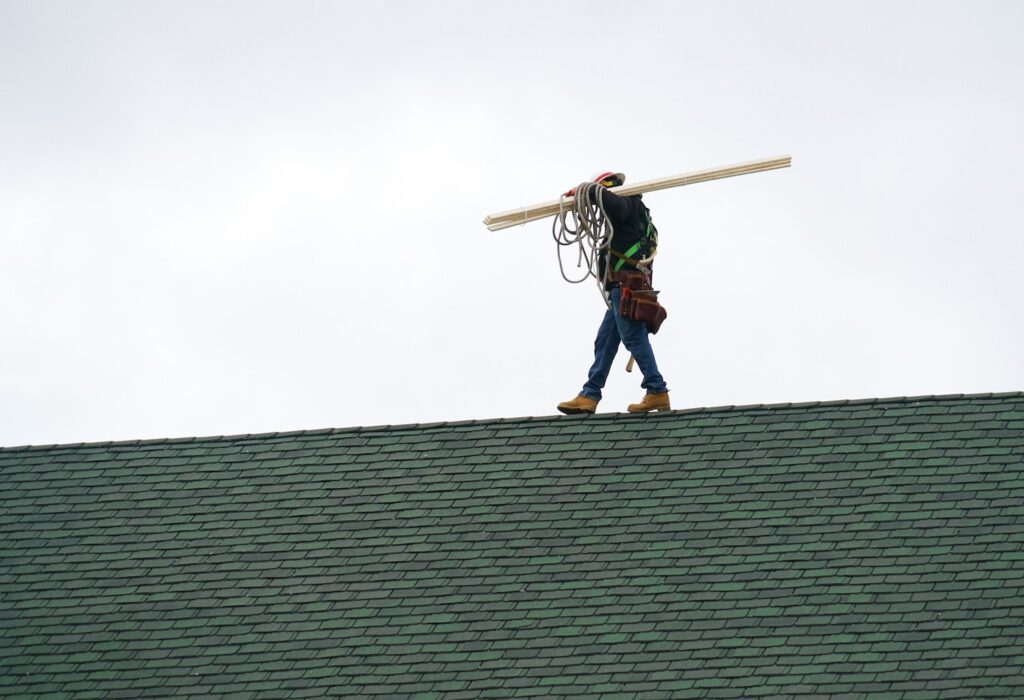

5. Precautions to Take When Walking on a Wet Roof
If walking on a wet roof is absolutely necessary and you have determined that it can be done safely, there are several precautions you should take to minimize the risks involved. Following these precautions will help ensure your safety during the process.
5.1 Wear Slip-Resistant Shoes
The importance of wearing slip-resistant shoes cannot be emphasized enough. Investing in high-quality shoes with good traction is essential when walking on a wet roof. These shoes are specifically designed to provide better grip on slippery surfaces, reducing the risk of accidents due to slipping. Always make sure your shoes are in good condition and replace them if they show signs of wear or loss of traction.
5.2 Use a Safety Harness
To further enhance your safety, consider using a safety harness while walking on a wet roof. A safety harness acts as a lifeline and prevents falls by securing you to a stable anchor point. Make sure the harness is properly fitted and don’t forget to attach it securely to an anchor point that can withstand the force of a fall. Wearing a safety harness provides an added layer of protection and peace of mind.
5.3 Avoid Sudden Movements
When on a wet roof, it is important to avoid sudden movements or quick changes in direction. These abrupt movements can throw off your balance and increase the chances of slipping or losing your footing. Walk slowly and deliberately, minimizing any unnecessary movements. By maintaining a steady pace and avoiding sudden changes, you can reduce the risks associated with walking on a wet roof.
5.4 Walk on Sturdy Parts of the Roof
While on a wet roof, be mindful of walking on the sturdiest parts of the structure. Areas where there is good support, such as near beams or trusses, are generally more stable and can better withstand the weight exerted on them. Avoid walking on weak spots or areas that show visible signs of damage. By focusing your steps on sturdy sections of the roof, you reduce the risk of causing further damage or accidents.
5.5 Distribute Weight Evenly
When walking on a wet roof, it is important to distribute your weight evenly to maintain stability. Avoid placing too much pressure on one area, as this can increase the risk of roof damage or collapsing. By distributing your weight evenly across the surface, you minimize the strain on any single spot and reduce the likelihood of accidents or structural issues.
6. Steps to Safely Walk on a Wet Roof
If, after careful consideration, you have determined that walking on a wet roof is necessary and you have taken all the necessary precautions, follow these steps to ensure your safety during the process.
6.1 Clear Debris and Obstructions
Before attempting to walk on a wet roof, make sure to clear any debris or obstructions from the surface. Wet leaves, branches, or other objects can further increase the slipperiness of the roof and pose a hazard. Remove any loose objects or debris to provide a clean and safe walking surface.
6.2 Plan Your Path in Advance
Planning your path in advance can help minimize unnecessary foot traffic and reduce the risks associated with walking on a wet roof. Identify the areas you need to access and establish the safest and most direct route. By planning your path in advance, you can minimize the time spent on the roof and lower the potential for accidents.
6.3 Ascend and Descend Safely
When climbing onto and off the roof, always use a stable and sturdy ladder. Ensure that the ladder is secured and placed on a firm surface to prevent slipping or wobbling. Maintain three points of contact at all times while ascending or descending to ensure stability and reduce the likelihood of falls.
6.4 Keep a Low Center of Gravity
Maintaining a low center of gravity while walking on a wet roof can enhance your stability and minimize the risk of accidents. Keep your body weight centered over your feet and avoid leaning too far to either side. By staying balanced and centered, you can better react to changes in surface conditions and maintain equilibrium.
6.5 Move Slowly and Deliberately
To prevent slips or falls, it is crucial to move slowly and deliberately while walking on a wet roof. Take small, cautious steps and avoid rushing or trying to cover large distances quickly. By moving slowly, you can better adapt to the changing conditions and maintain control over your movements.
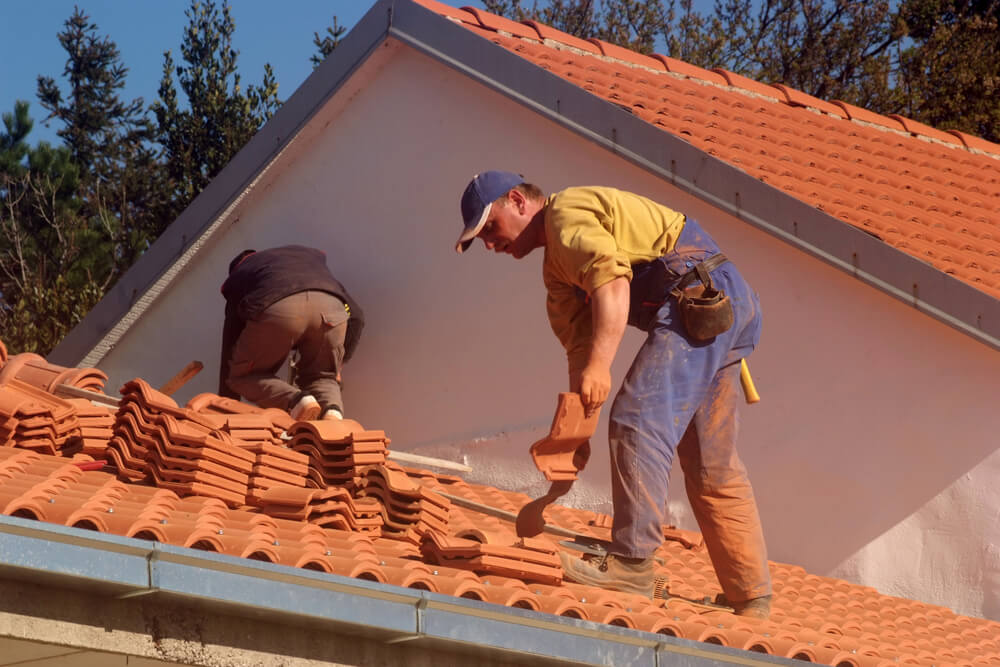

7. Additional Tips for Roof Safety
Ensuring the safety of your roof goes beyond just walking on it when wet. Here are some additional tips to help maintain the condition of your roof and prevent accidents or damage.
7.1 Regular Roof Inspections
Regular roof inspections are crucial in identifying potential issues early on and preventing them from escalating. Schedule routine inspections with a professional roofer to assess the condition of your roof and address any problems promptly. Early detection can save you from costly repairs and prolonged damage.
7.2 Promptly Addressing Leaks or Issues
If you notice any signs of leaks or damage to your roof, it is important to address them promptly. Ignoring leaks or issues can lead to further damage and compromise the integrity of your roof. Contact a professional roofer to assess and repair any leaks or issues as soon as possible.
7.3 Hiring Professional Roofers for Repairs
When it comes to repairs or major maintenance work on your roof, it is always recommended to hire professional roofers. They have the expertise, tools, and experience to handle these tasks safely and efficiently. Attempting DIY repairs on your roof can be dangerous and may result in more harm than good. Prioritize your safety by entrusting the job to professionals.
7.4 Implementing Proper Roof Maintenance
Regular maintenance is key to prolonging the lifespan of your roof and preventing major issues. Clear debris from gutters, trim overhanging branches, and inspect the roof surface for signs of damage. Keeping up with proper roof maintenance can help identify potential problems and address them before they escalate.
7.5 Avoiding Walking on a Wet Metal Roof
Walking on any wet roof can be hazardous, but the risks are amplified when the roof is made of metal. Metal roofs are especially slippery when wet, making walking on them extremely dangerous. Avoid walking on a wet metal roof at all costs, and consider alternative methods for inspection or maintenance.
8. Consequences of Walking on a Wet Roof
Understanding the potential consequences of walking on a wet roof is crucial in order to make an informed decision. Here are some of the risks and negative outcomes that can arise from walking on a wet roof.
8.1 Injury to Yourself
Walking on a wet roof significantly increases the risk of injury to yourself. Slips, falls, or accidents can lead to broken bones, sprains, or even more severe injuries. Prioritizing your safety and avoiding unnecessary foot traffic on wet roofs can greatly reduce the risk of personal harm.
8.2 Causing Further Damage to the Roof
Walking on a wet roof can exacerbate existing damage or cause new damage to the roof structure. The added weight and pressure on the roof surface can weaken the materials, leading to cracks, leaks, or even collapse. By avoiding walking on a wet roof, you can prevent further damage to your roof.
8.3 Voiding Roof Warranty
Many roofing warranties explicitly state that damage caused by foot traffic on a wet roof is not covered. If you walk on your roof when it is wet, you run the risk of voiding any warranty protection you may have. This can leave you financially responsible for any repairs or replacements that may be needed in the future.
8.4 Risk of Electric Shock
Walking on a wet roof can put you at risk of electric shock if your roof has any electrical components. Water is a conductor of electricity, and accidentally coming into contact with live wires can have severe consequences. Avoiding foot traffic on a wet roof is crucial to minimize the risk of electrocution.
8.5 Increased Repair Costs
If walking on a wet roof leads to further damage or accidents, it will inevitably result in increased repair costs. The repairs required to fix the damage caused by walking on a wet roof can be extensive and expensive. By avoiding unnecessary foot traffic on wet roofs, you can save yourself from incurring these additional expenses.
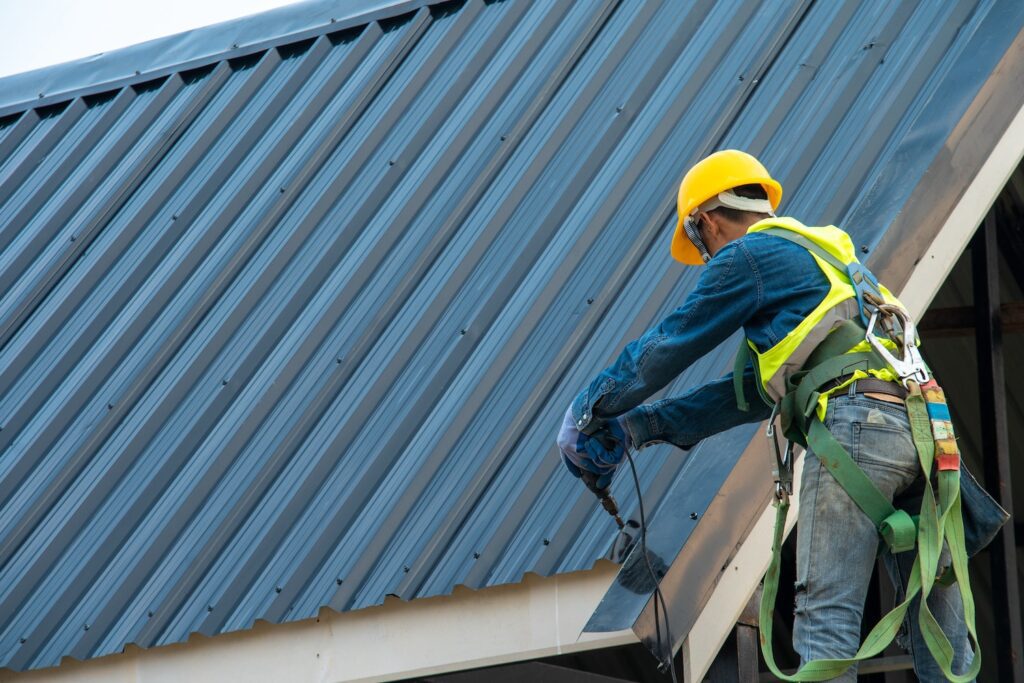

9. Insurance Coverage for Roof Accidents
In the unfortunate event of a roof accident or damage, it is important to understand the insurance coverage that may be available. Here are some types of insurance coverage that may be relevant in the context of roof accidents.
9.1 Homeowner’s Insurance
Your homeowner’s insurance policy may provide coverage for accidents or damage that occurs on your property, including the roof. Review your policy to understand the extent of coverage and any exclusions that may apply. Keep in mind that intentionally walking on a wet roof may void or limit the coverage provided by your homeowner’s insurance.
9.2 Workers’ Compensation Insurance
If you hire someone to work on your roof and they get injured while on the job, workers’ compensation insurance may come into play. Workers’ compensation provides coverage for work-related injuries or illnesses and can help cover medical expenses and lost wages for the injured party. Ensure that any contractors or workers you hire have workers’ compensation insurance in place.
9.3 Roofing Contractor Liability Insurance
When hiring a roofing contractor, it is essential to verify that they have liability insurance. Roofing contractor liability insurance provides coverage for any damages or injuries that may occur while the contractor is working on your roof. This coverage protects both the contractor and the homeowner from potential liabilities.
9.4 Understanding Policy Exclusions
It is crucial to carefully review your insurance policy to understand any exclusions that may apply. Certain activities, such as intentionally walking on a wet roof, may be excluded from coverage. Familiarize yourself with the terms and conditions of your policy to avoid any surprises when it comes to filing a claim.
9.5 Filing Insurance Claims
In the event of a roof accident or damage, it is important to follow the proper procedures for filing insurance claims. Contact your insurance provider and provide all necessary documentation, such as photos, reports, and estimates, to support your claim. Adhere to any deadlines or requirements outlined by your insurance company to ensure a smooth and efficient claims process.
10. Conclusion
When faced with the decision of walking on a wet roof, it is essential to weigh the risks and benefits carefully. Prioritizing your safety and minimizing the potential for accidents should always be the primary concern. Assess the condition of your roof, consider alternatives to walking on a wet surface, and take necessary precautions if walking on the roof is unavoidable. Seeking professional advice and assistance can help ensure a safe and thorough evaluation of your roof without putting yourself at risk. By prioritizing safety first, you can prevent injuries, avoid further damage to your roof, and maintain the longevity of your investment.



